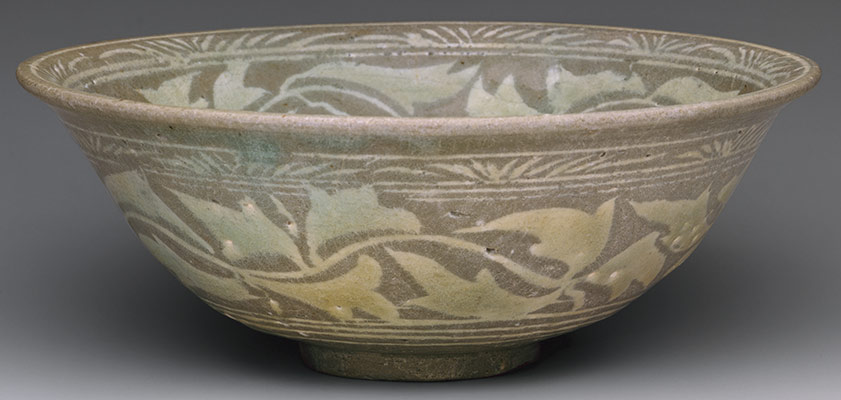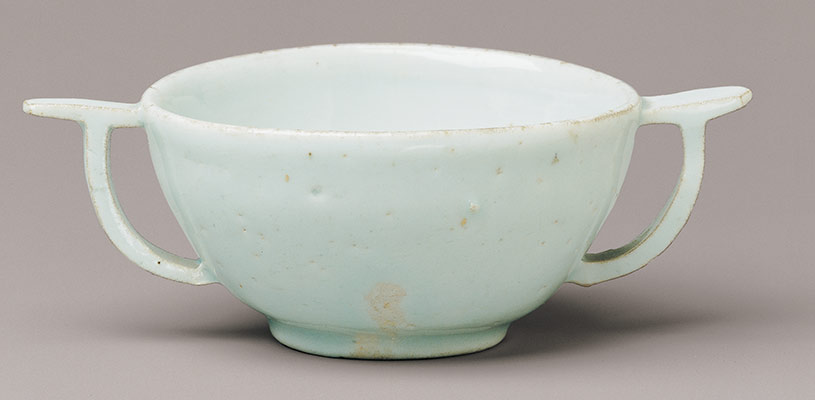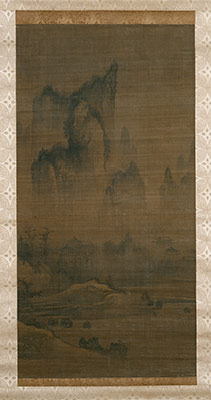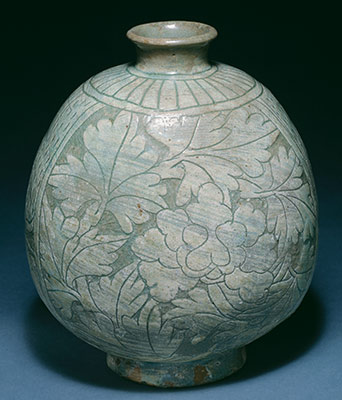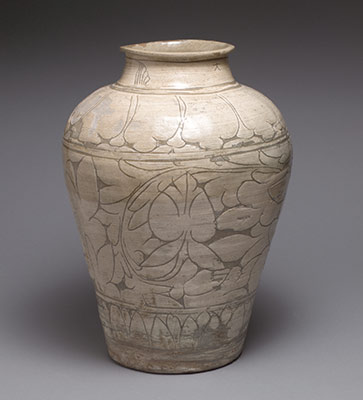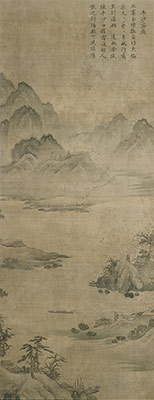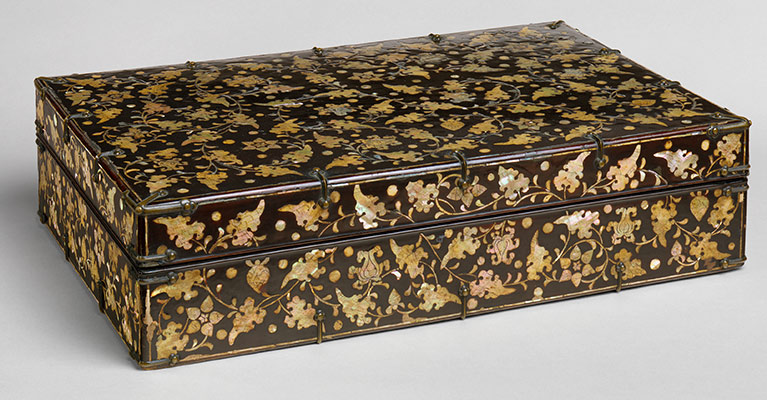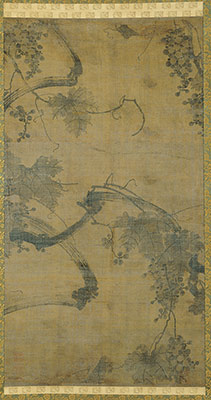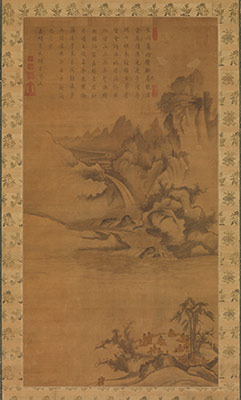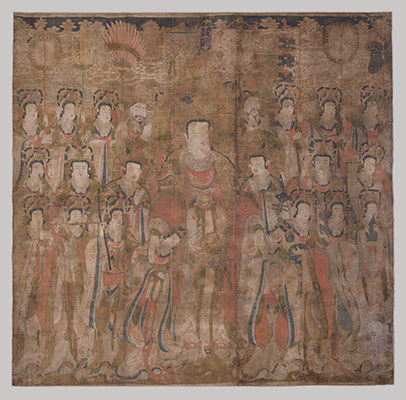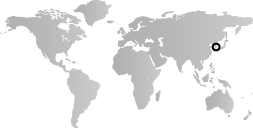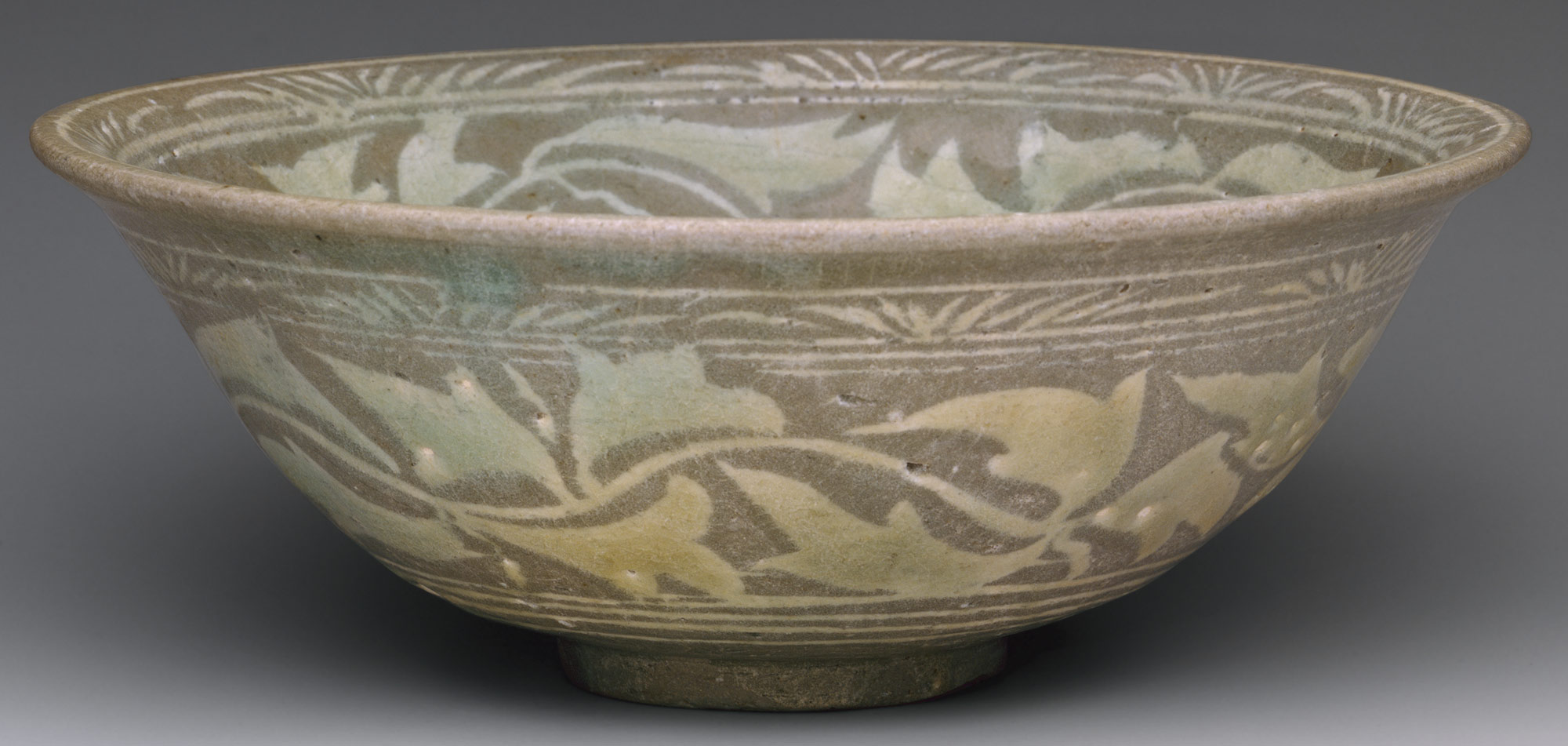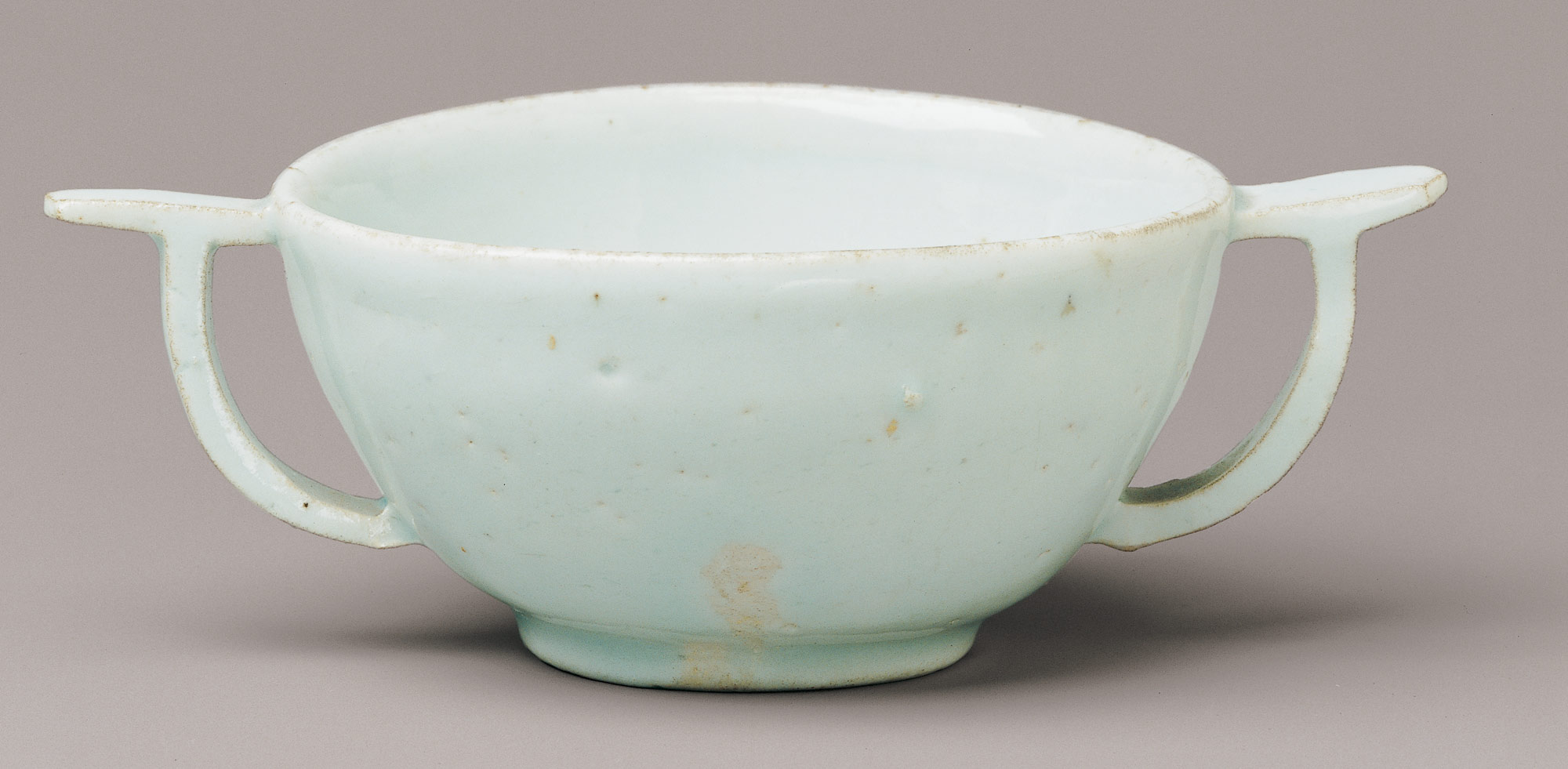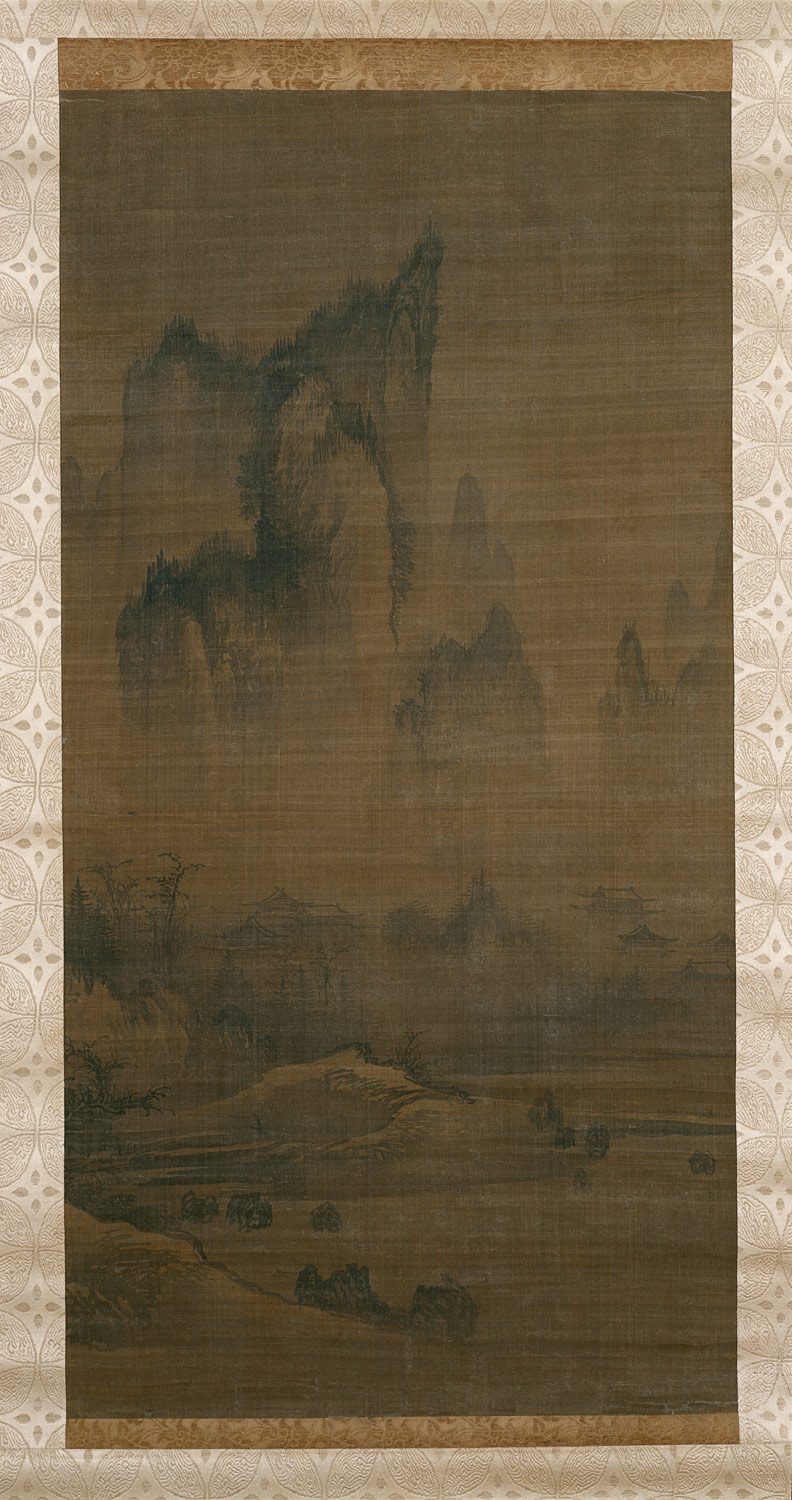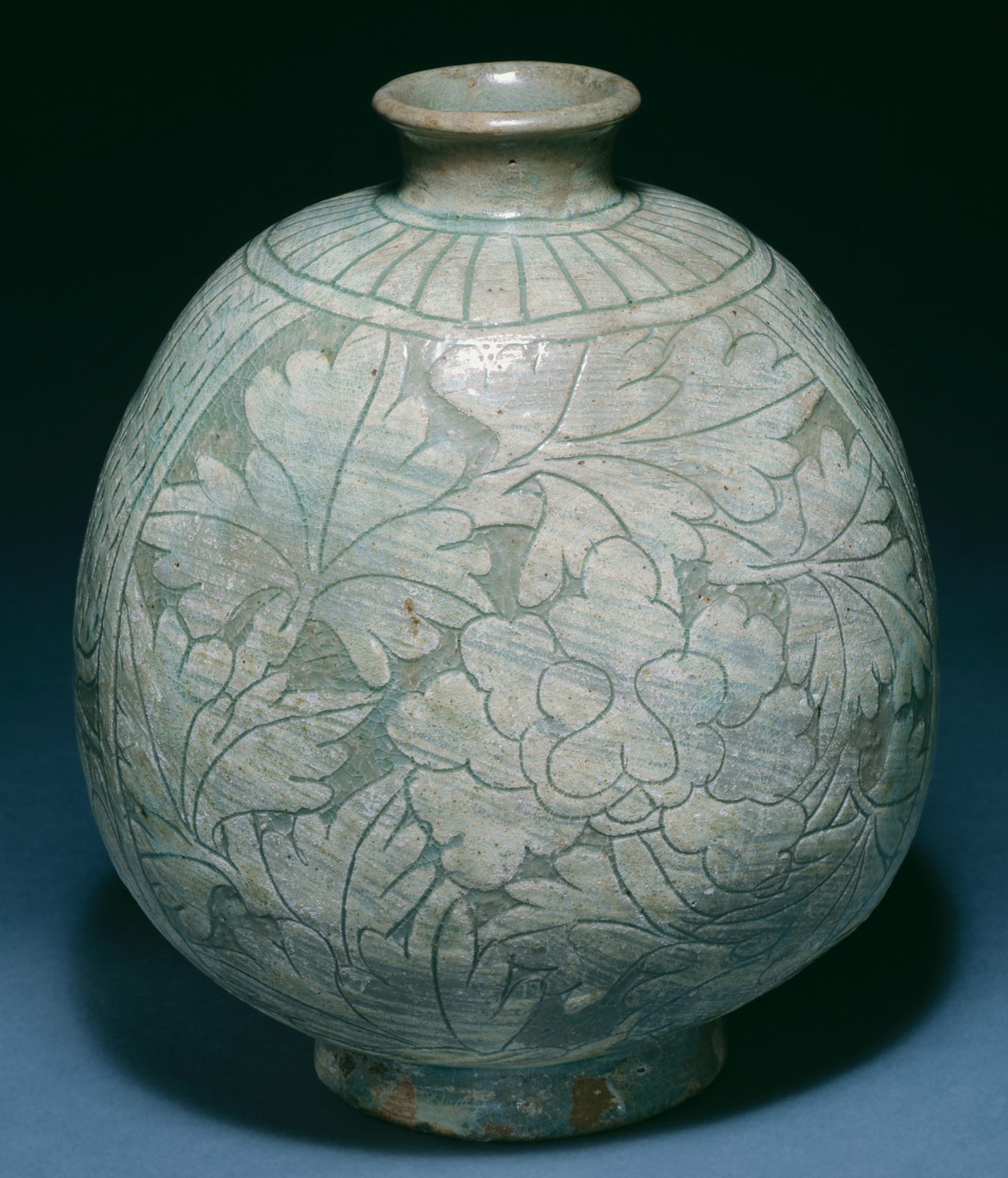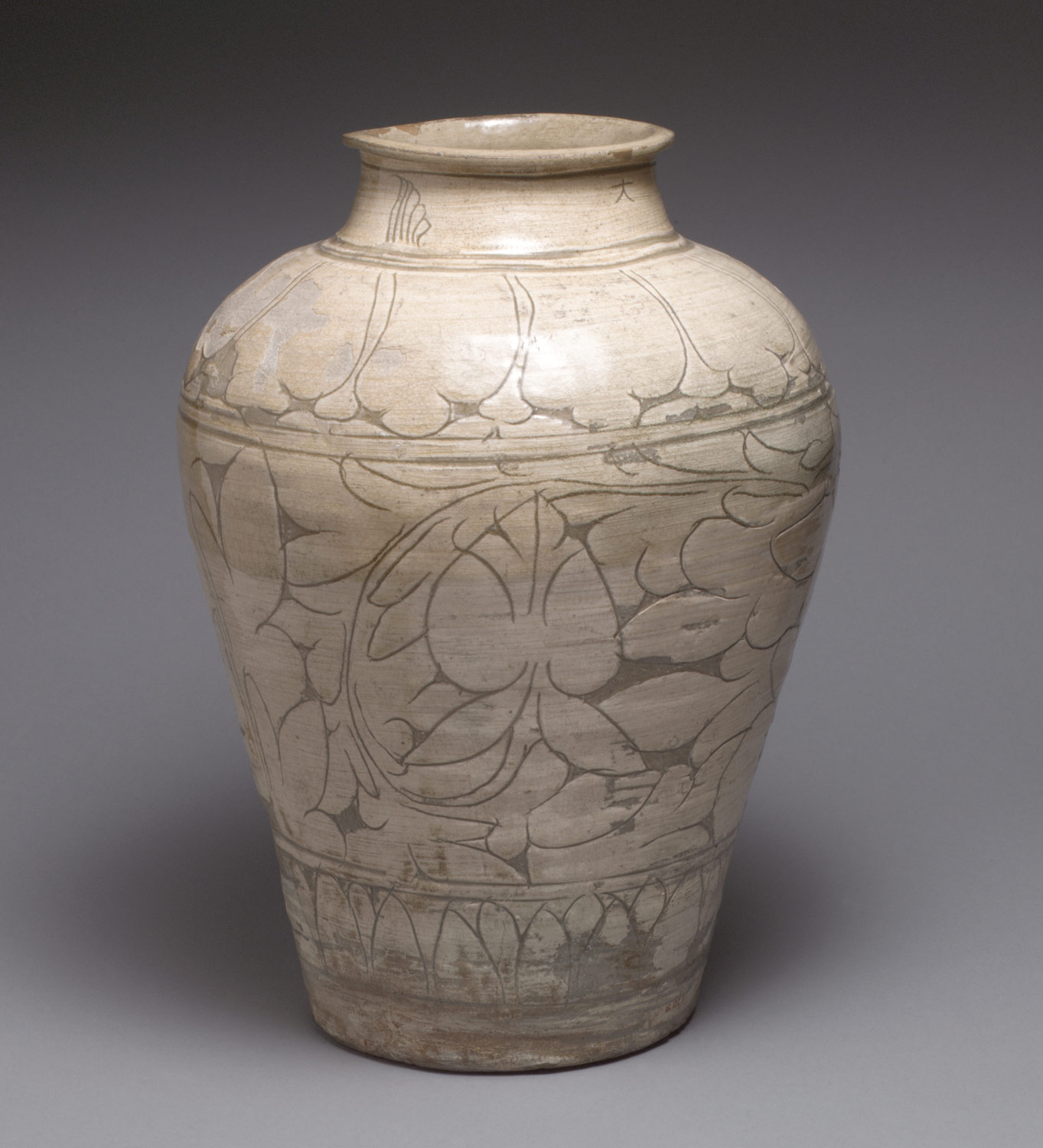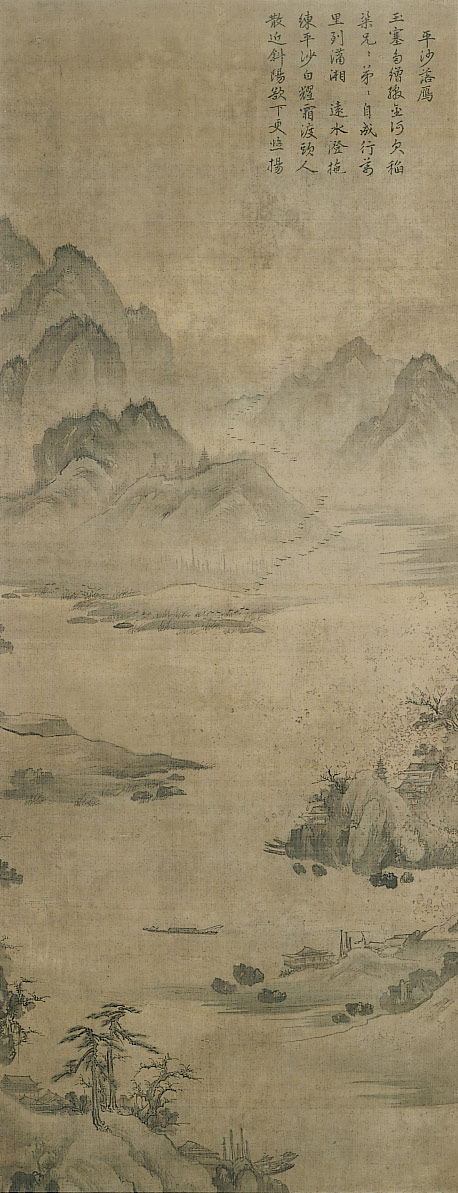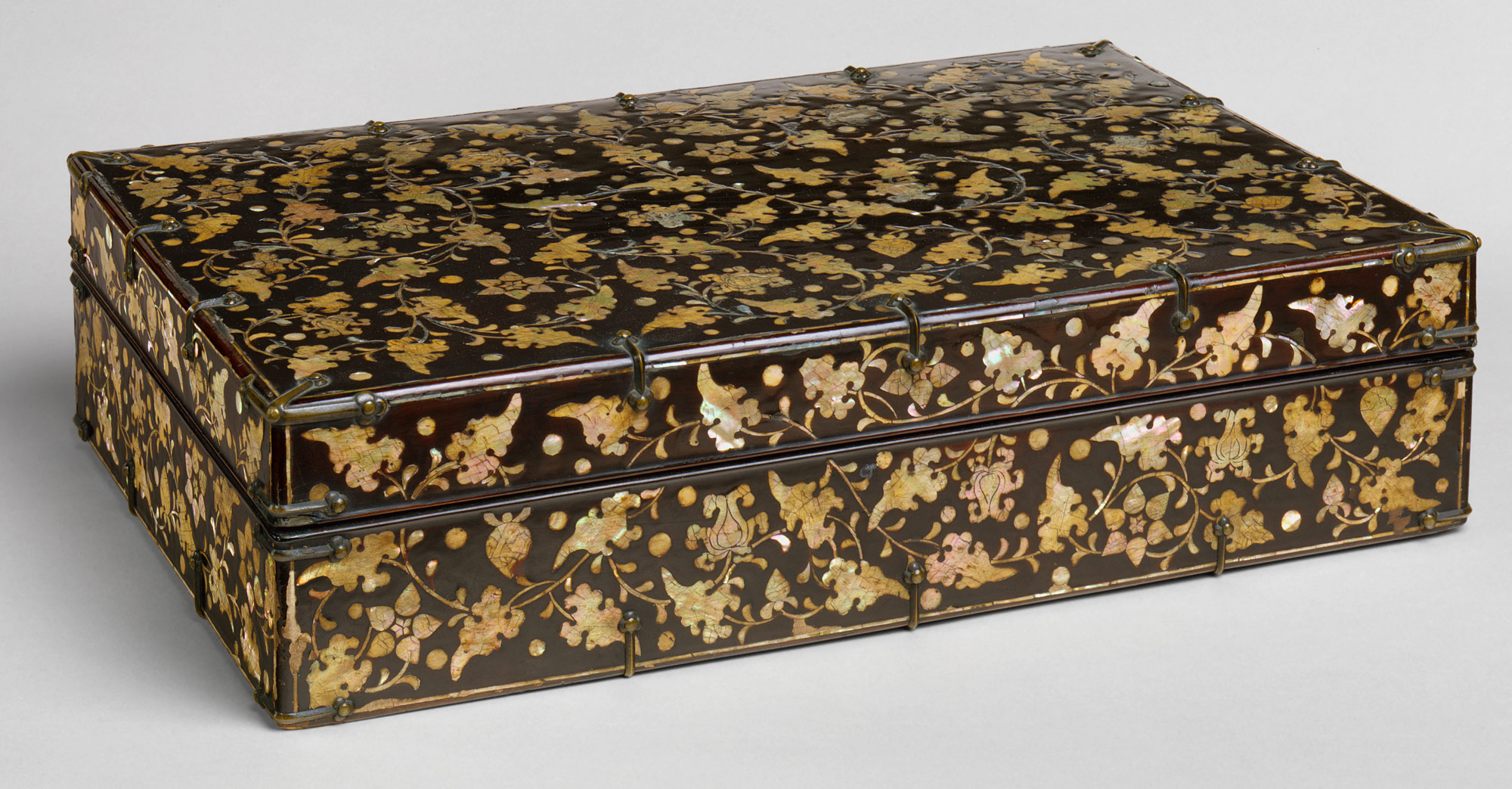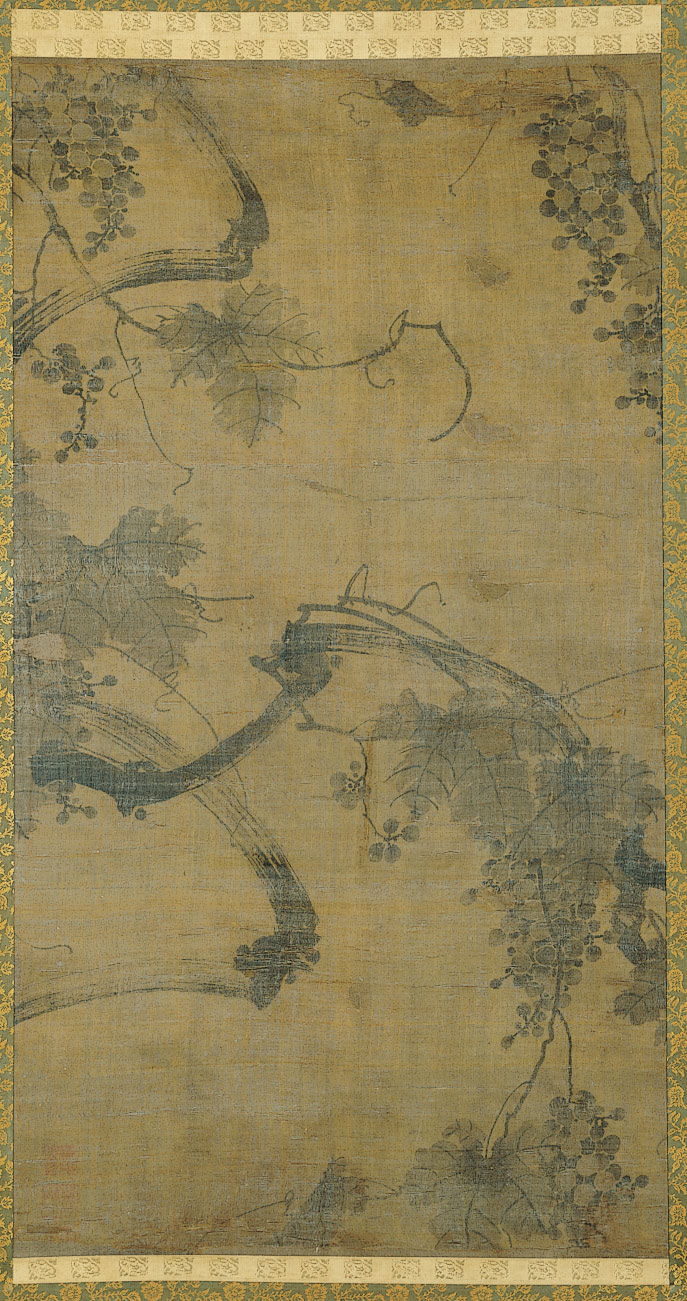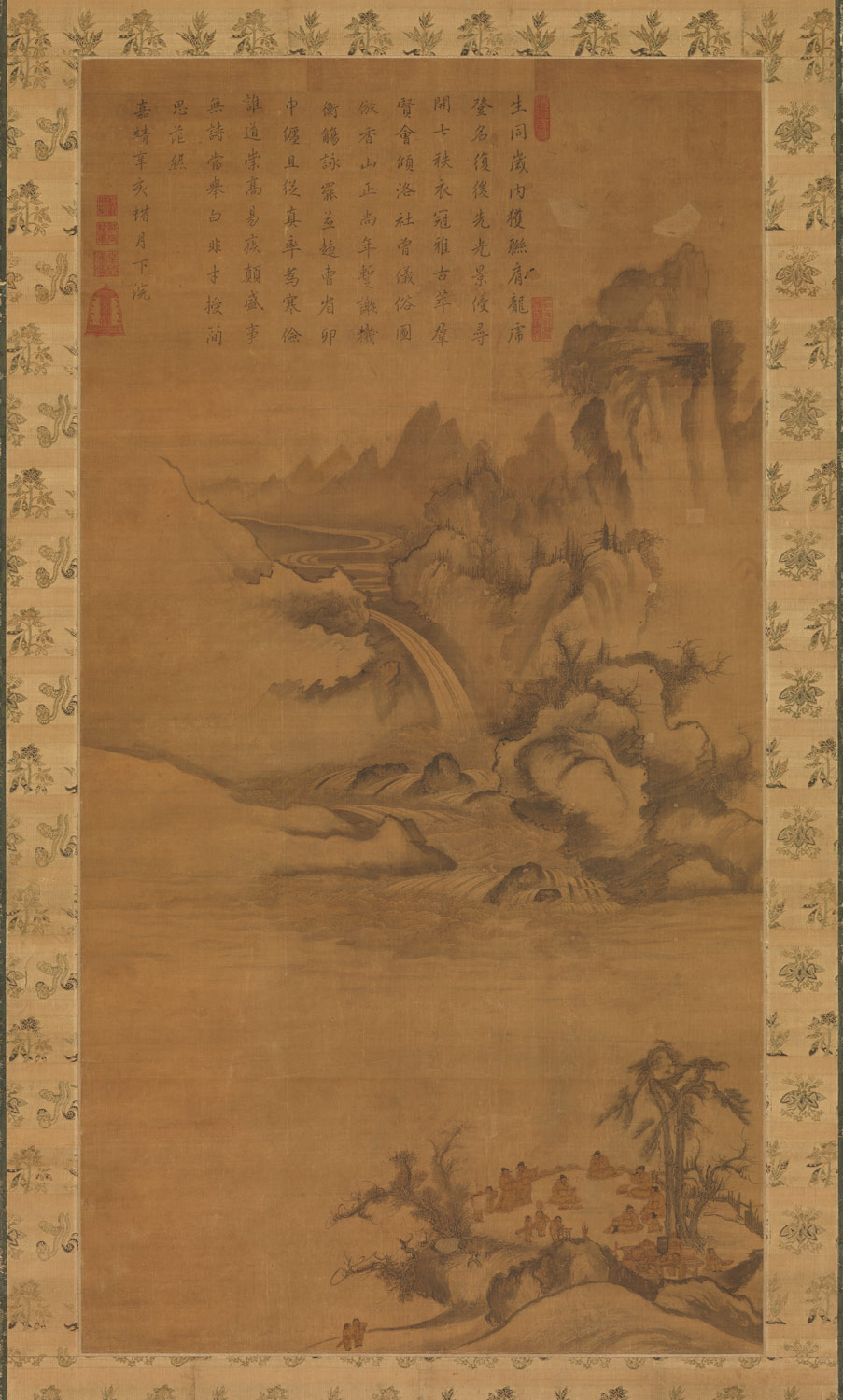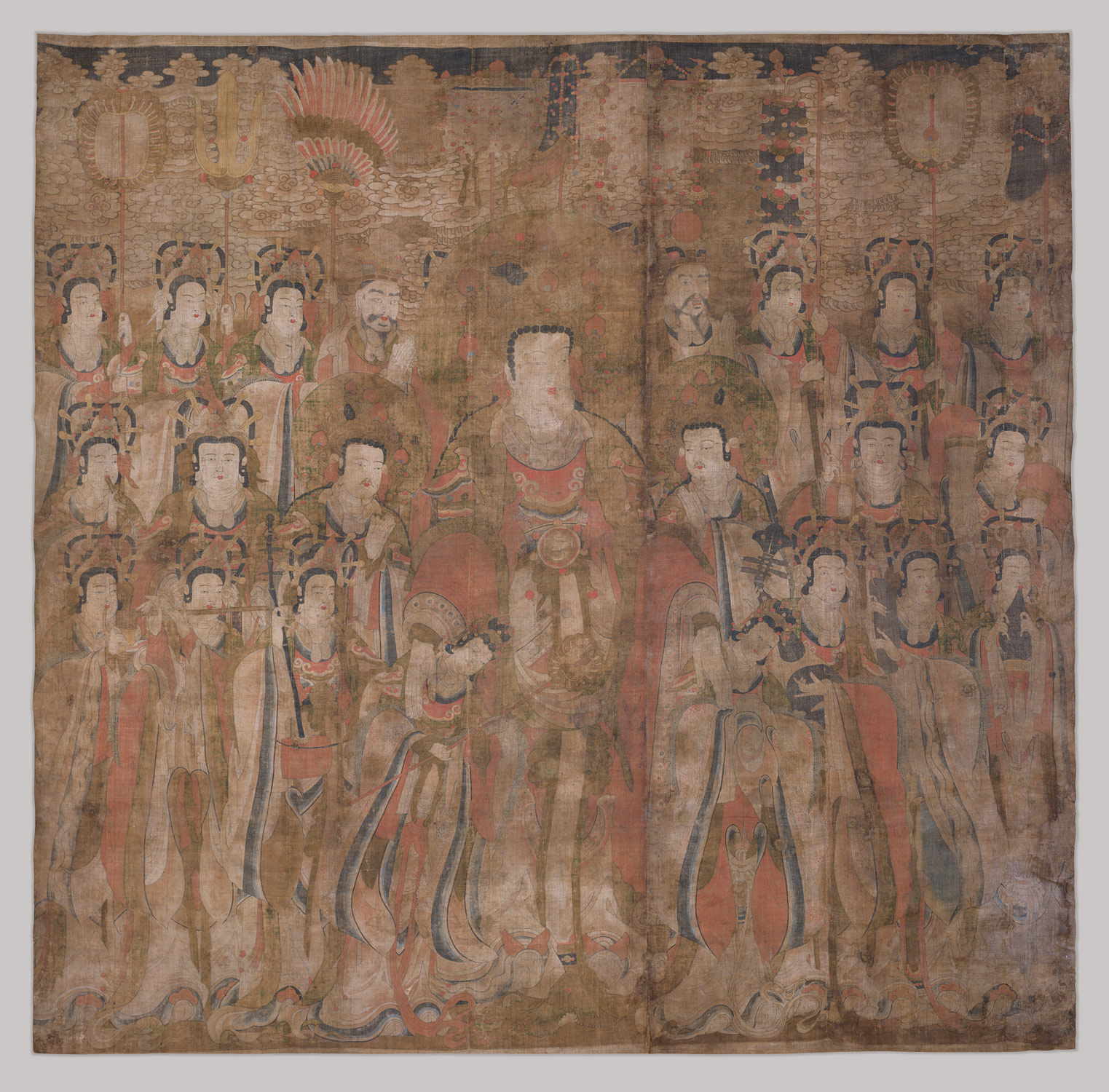In an attempt to distance themselves from the former Goryeo court and rejuvenate the country, the rulers of the new Joseon dynasty (1392–1910) severely curtail the practice of Buddhism and embrace Neo-Confucianism as the official state ideology. The systematic repression of Buddhist institutions, which were associated with the fall of the Goryeo dynasty, and the withdrawal of official patronage of the religion leads to a decline in the number of Buddhist adherents and the production of Buddhist sculpture and painting. The commitment to Neo-Confucian educational and governmental policies, based on the influential school of Confucian philosophy and statecraft in China established by the Southern Song scholar Zhu Xi (1130–1200), is especially widespread among the newly influential yangban, or literati class who come to dominate both the civil and military branches of government.
After the establishment of the Joseon dynasty, the Korean ceramics industry is reinvigorated, and white porcelain as well as buncheong wares are produced. While porcelain will continue to be manufactured throughout the dynasty, the production of buncheong ceases at the end of the sixteenth century, due in part to the devastating invasions of the peninsula led by the Japanese warlord Toyotomi Hideyoshi (1536–1598).
